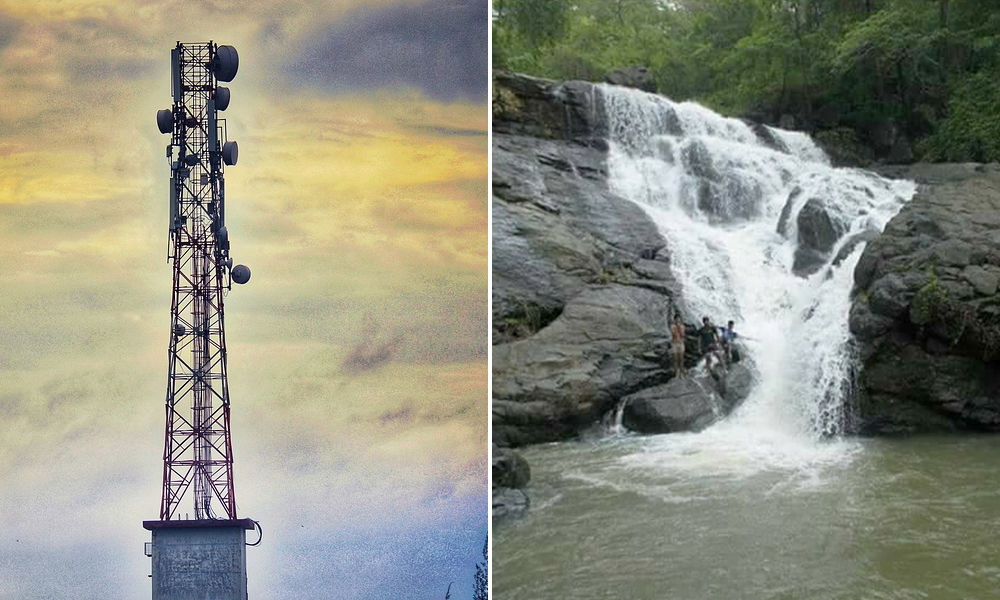The Maharashtra forest department has proposed a wireless communication project for its frontline staff to enhance connectivity across Mumbai, Thane and Palghar forest areas.
The move is intended to help monitor wildlife movement better and strengthen control of forest patches within the 103 sq km Sanjay Gandhi National Park (SGNP) in Mumbai, the 85.7 sq km Tungareshwar Wildlife Sanctuary (TWLS) in Thane and Palghar districts, and improve supervision across fragmented forest patches leading up to the 304.81 sq km Tansa Wildlife Sanctuary in Thane district.
According to the forest department’s plan, network stations (small control rooms) will be built at the highest point (altitude) mostly atop hills in Yeoor area of SGNP and near Tungar Phata in TWLS. They will be connected to the primary control room at the SGNP, Borivali office. Additionally, every beat officer and forest guard would be equipped with hand-held wireless communication devices.
The project is likely to be executed within the next six months, said Sunil Limaye, additional principal chief conservator of forest (wildlife-west). The main idea behind it is to have one integrated system to connect each and every part of the national park which is currently inaccessible or does not have a mobile network.
‘A survey is currently underway to determine the cost of the project and quantity of wireless devices required,’ said Limaye as reported by The Hindustan Times.
The present-day conventional system under which mobile phones are being used by the department to communicate and coordinate cases of wildlife crime, tree felling, encroachment or others leads to operation inefficiencies according to the forest officers.
‘There have been several issues in protection due to the present system (using mobile phones) and there is a need to strengthen it,’ said G Mallikarjun, chief conservator of forest, SGNP.
All major tiger reserves in Maharashtra as well as Tansa and Radhanagari Wildlife Sanctuaries already have the wireless communication project in place. Previously, there have been isolated incidents of attacks on forest officers and with this system, the safety of officers will increase.
In May, the forest department began an exercise to monitor forest areas using drones. The project is yet to be replicated across SGNP and peripheral areas. According to the environment group Vanashakti, petitioners in wildlife and habitat protection around SGNP before the Bombay High Court, close to 100 acres of forest patches within SGNP (Mumbai region) fell prey to encroachments, tree felling and other environmental violations between March and June.
The implementation of the new system will bolster forest monitoring and it will also empower frontline staff to keep poachers out. The lack of connectivity is being used to kill wildlife and destroy the habitat at the moment, as per the Vanashakti group.
Also Read: Telangana Govt To Include 17 New Castes In OBC List, Move Will Benefit Nearly 10,000 Families













